
(Halfpoint / Shutterstock.com)
Water is something that flows from your pipes into your home and many people don’t think that much about it. After all, in most parts of the US, water is abundant and relatively inexpensive. After all, all you have to do is turn on a tap and you have all you need to drink, wash with, and to use to water your lawn.
The average US family uses more than 300 gallons (1,364 liters) of water a year estimates the Environmental Protection Agency (EPA). That’s actually enough to fill 10 swimming pools a year, according to mindbodygreen.
The demand for potable fresh water is outpacing the supply in many parts of the country – and the world – as the demand for water constantly increases due to population growth as well as the needs of industry and agriculture. Climate change is also contributing to reductions in the water supply.
That’s why using less water is vitally important for the planet and saving water is something everyone can do at home. Check out these seven hacks to use less water and start saving today.
Turn the Tap Off When You Brush Your Teeth
Keeping the water running when you don’t really need it is very wasteful. In fact, it uses 1.3 gallons (6 liters) of water a minute according to the environmental group Friends of the Earth. You can wet your toothbrush and turn off the tap while brushing or you can fill a cup with water to rinse with. You can use this hack for shaving too.

(didesign021 / Shutterstock.com)
Take Short Showers
While many people love to take long luxurious showers, that actually wastes a huge amount of water because a typical shower uses five to 10 gallons (19 to 38 liters) of water per minute. Consumers Reports suggests limiting your showers to five minutes or you can turn the water off when lathering and shampooing. The most water saving thing you can do is to take a bath instead.
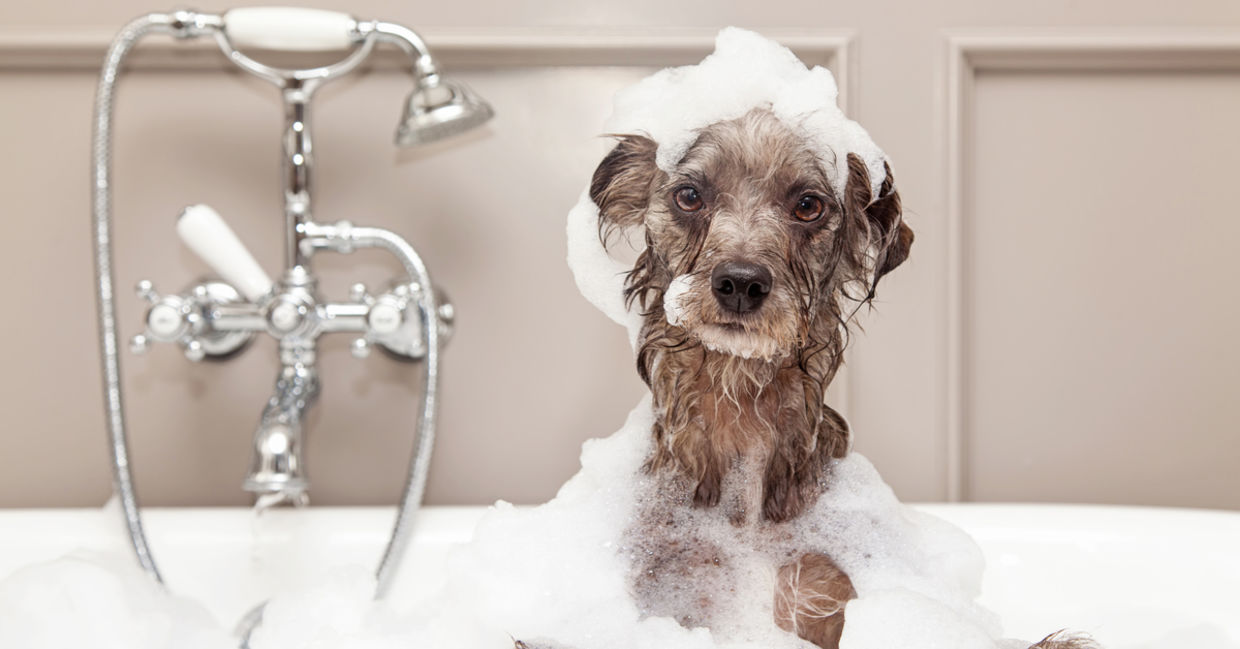
(Susan Schmitz / Shutterstock.com)
Swap Your Shower Head
Switching to a water efficient shower head will reduce the amount of water you use in the shower. If you cannot replace your shower head, you can use a flow restrictor to cut down the amount of water used, suggests a resource guide from Volusia County in Florida. Flow restrictors are available in hardware and plumbing stores.
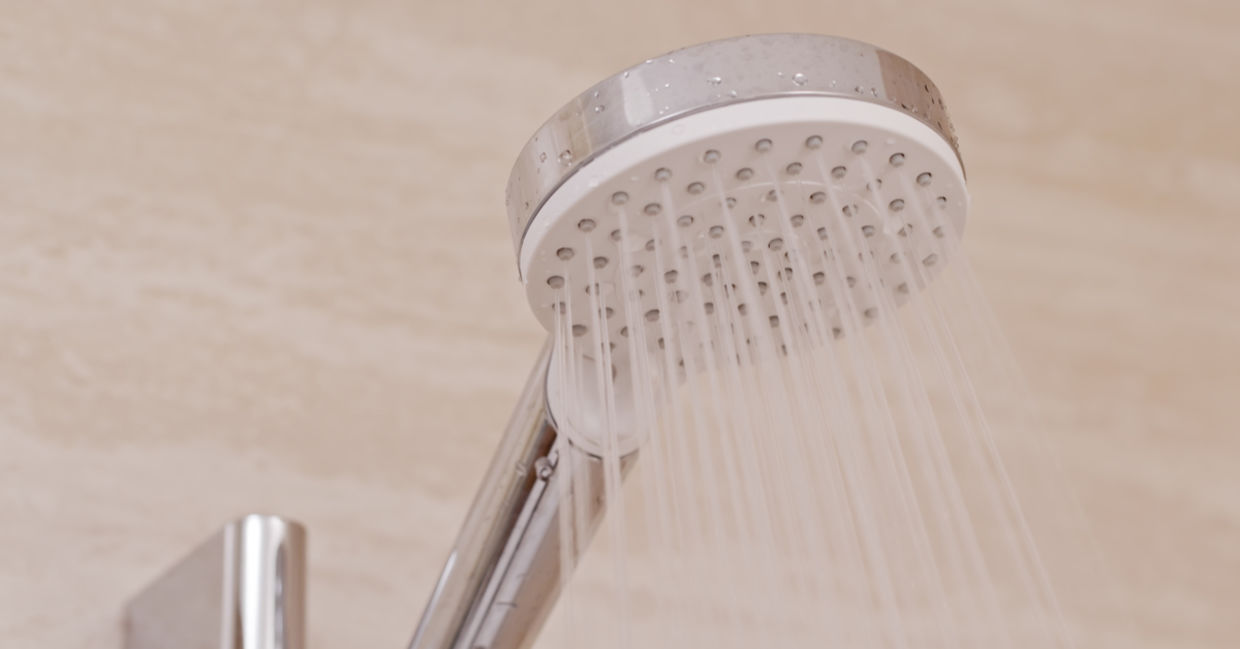
(leungchopan / Shutterstock.com)
Only Run Appliances When Full
Running a half empty dishwasher or washing machine is very wasteful and two loads use more energy and water than running one full one. This will amount to huge quantities of water savings because running a dishwasher uses 25 gallons (95 liters) of water and running a washer uses 30 to 35 gallons (114 to 132 liters). This will also save on detergent and electricity.
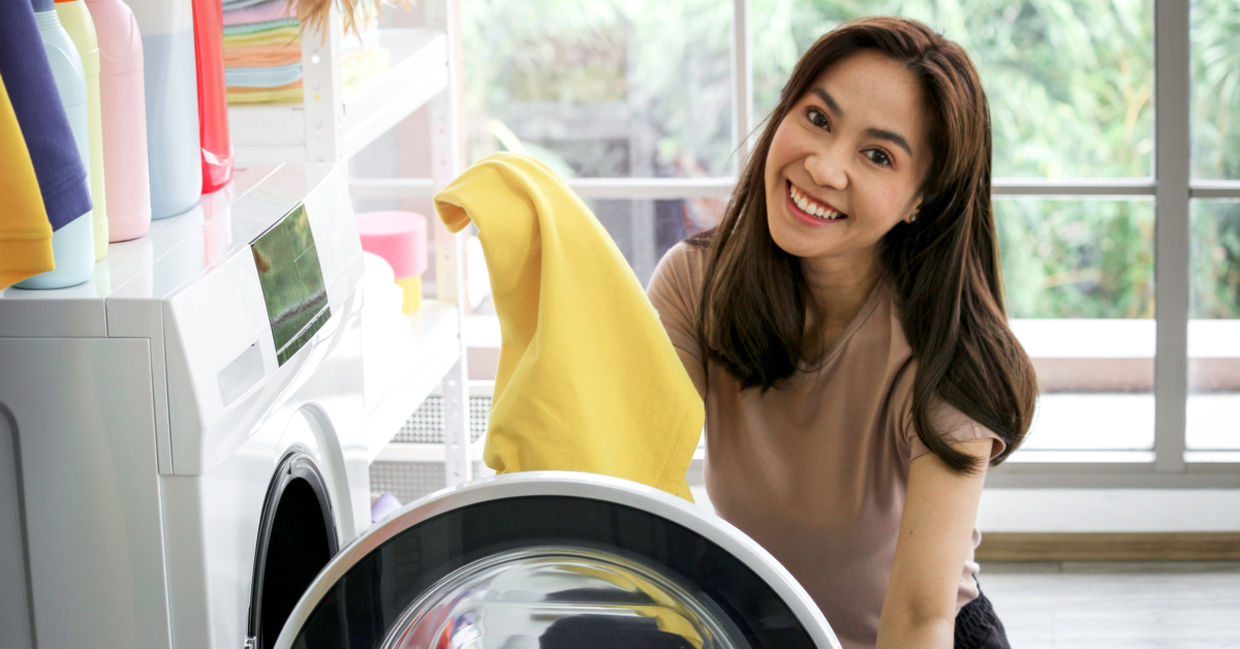
(Stella_E / Shutterstock.com)
Replace Old Toilets With Water Savers
Older toilets use 6 gallons (23 liters) of water per flush according to Consumer Reports. Newer water saving toilets use 1.28 gallons (4.5 liters) or less. A family can reduce their water by 20 percent by doing this easy hack.
If you can’t replace your toilets you can try this handy tip from Volusia County. Just put a small amount of sand or pebbles in the bottom of a one-liter plastic bottle in your toilet tank. This will reduce the amount of water you use without harming flushing ability.
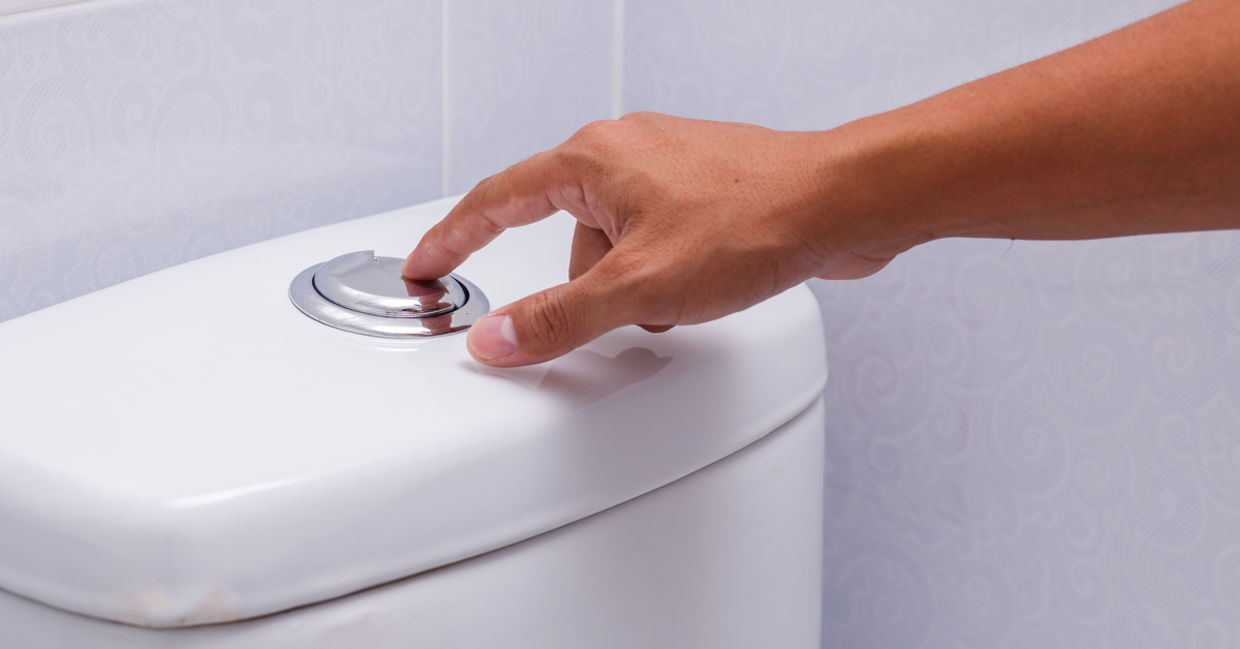
(NATTHAPONG SUNTORNDECH / Shutterstock.com)
Check Faucets and Pipes for Leaks
Even a small drip can waste a huge amount of water. If a faucet is dripping, it just may require a washer. Even if you need to hire a plumber, repairing or replacing leaking pipes will save on water bills and help the planet at the same time.
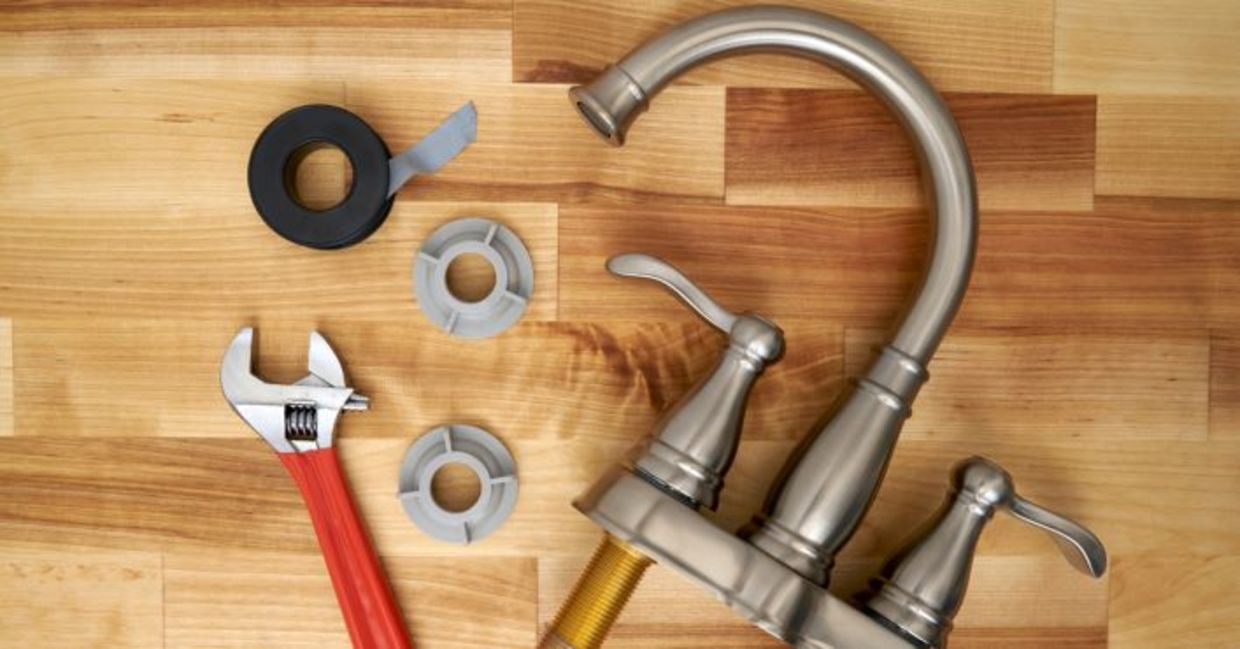
(Bruce Peter / Shutterstock.com)
Water Lawns Responsibly
Instead of just watering on a schedule, wait until your yard needs it. You can check your grass by stepping on it, if it springs back up, then it doesn’t need to be watered. When you water your lawn, make sure to give it enough time for the water to seep down to the roots. If you live in an arid area, try swapping out grass for more water-efficient landscaping.
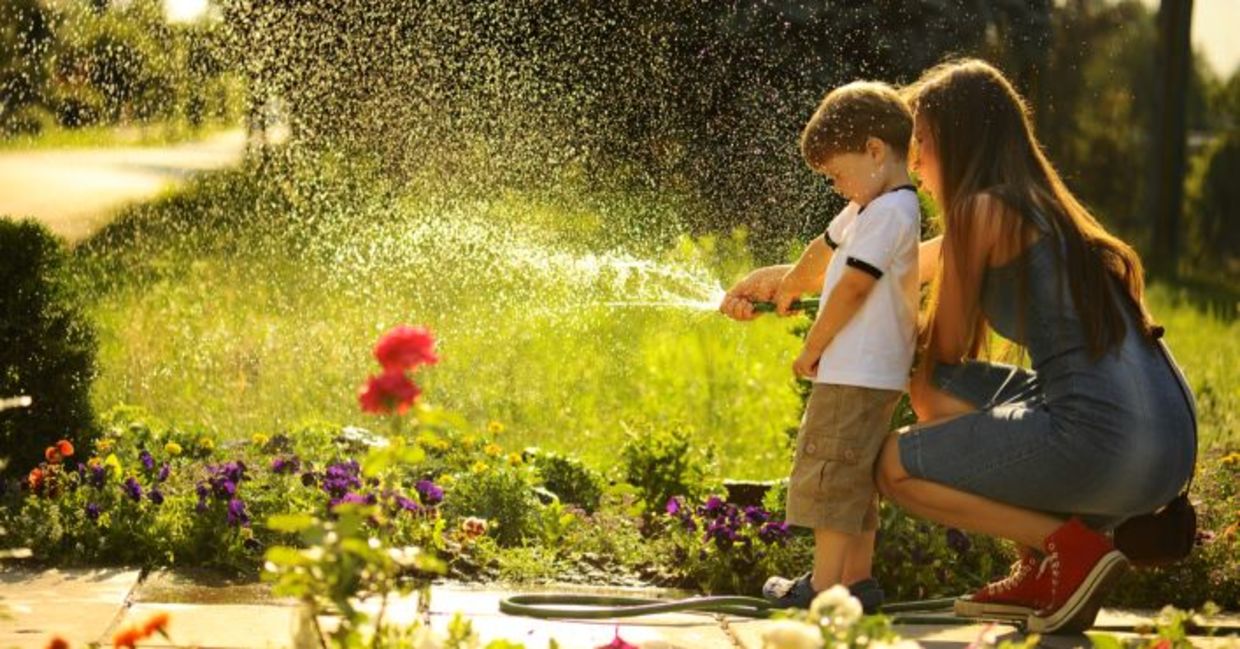
(gornostay / shutterstock.com)







